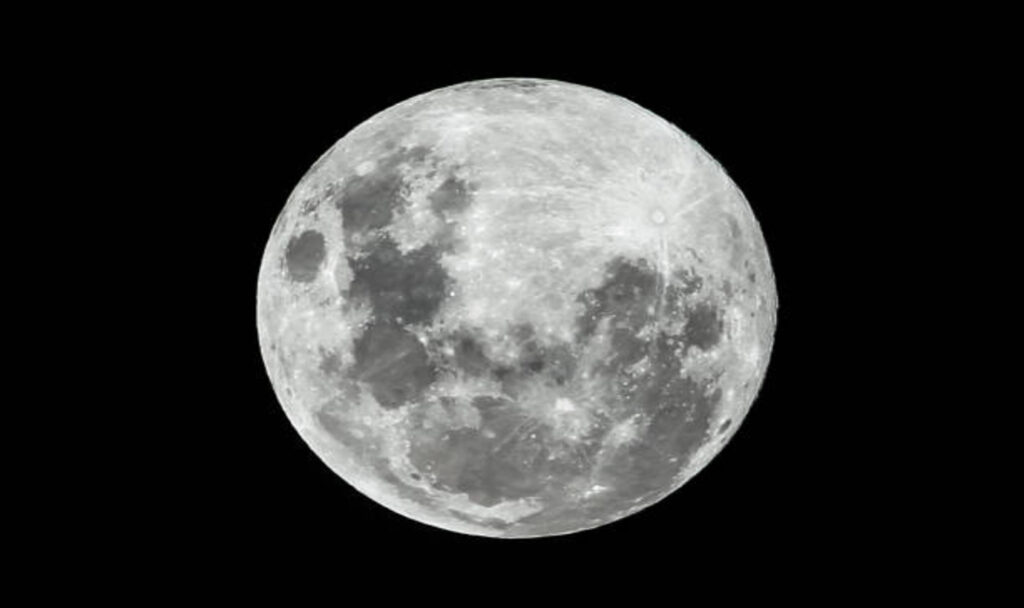Get ready to witness a breathtaking celestial phenomenon as the first of four supermoons graces the night sky this year. The supermoon in July promises to be a mesmerizing sight, shining brighter than any other full moon event we’ve seen so far in 2023. According to The Old Farmer’s Almanac, the full moon will make its appearance on Monday, July 3. While it will reach peak illumination below the horizon at 7:39 a.m. ET, sky gazers can catch a glimpse of this magnificent lunar display by looking towards the southeast after sunset, weather permitting. Dr. Shannon Schmoll, the director of the Abrams Planetarium at Michigan State University, explains that a supermoon occurs when the moon’s orbit brings it closer to the Earth.
As it travels around our planet, the moon’s path is not a perfect circle, resulting in certain points where it is slightly nearer or farther from us. When the moon aligns with its full phase at a closer point in its orbit, it appears slightly larger, giving rise to a supermoon. Although the size difference between a supermoon and a regular full moon may not be immediately discernible to the naked eye, The Old Farmer’s Almanac assures us that this first full moon of summer will be more luminous and situated approximately 224,895.4 miles (361,934 kilometers) away from Earth.
Dubbed the “buck moon,” this month’s full moon holds significance beyond its astronomical marvel. The almanac notes that July is the time when male deer begin growing their antlers as part of their annual cycle of shedding and regrowth, hence the name. Native American cultures also have various names for this moon, reflecting different aspects of the season. Terms like “hot moon” allude to the summer weather, while “raspberry moon” and “ripe corn moon” indicate the ideal moments for harvesting fruits and crops. Prepare to be captivated by the ethereal beauty of the buck moon as it graces the heavens this July. This celestial spectacle promises a radiant start to the summer season and a reminder of the wonders of our vast universe.
